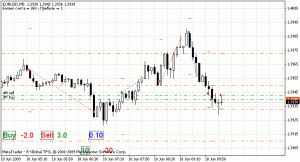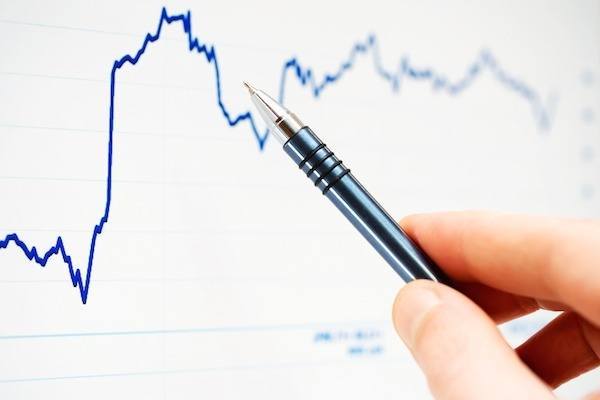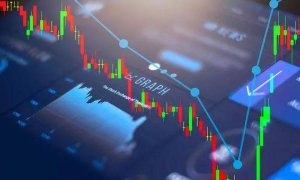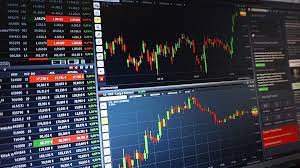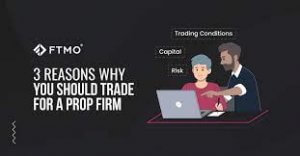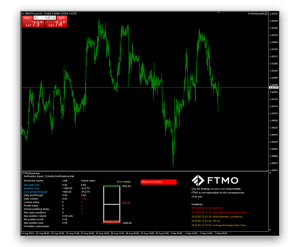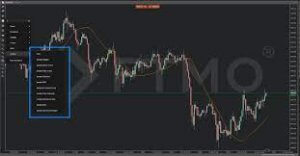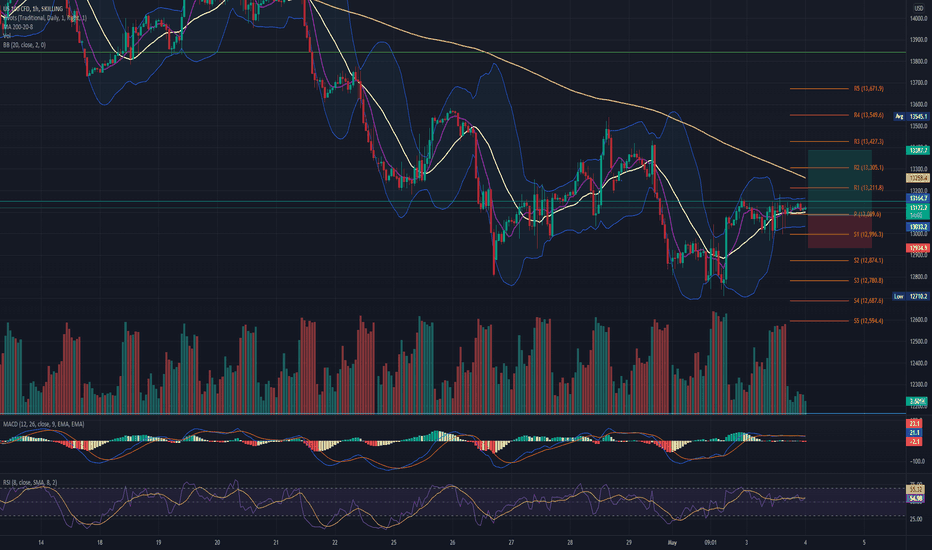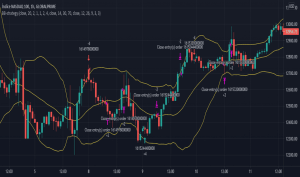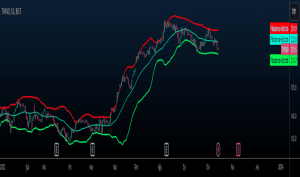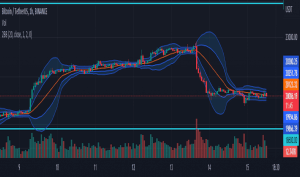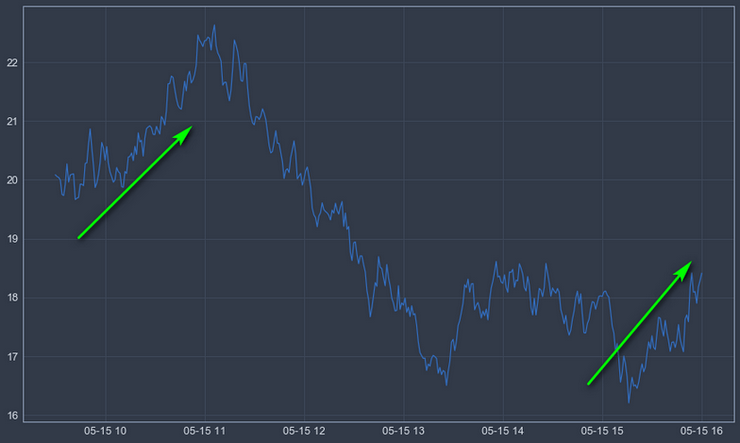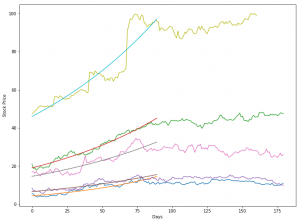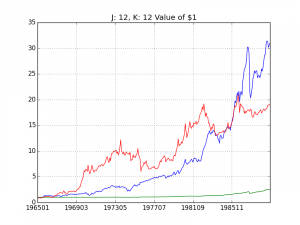I ntroduction to MetaTrader 5 (MT5) Platform
ntroduction to MetaTrader 5 (MT5) Platform
In the realm of financial trading, MetaTrader 5 (MT5) has emerged as a beacon of innovation, offering advanced features that cater to the needs of modern traders. Its comprehensive tools for technical analysis, algorithmic trading, and strategy testing make it a coveted platform for both novice and experienced market participants. However, the integrity of using such sophisticated software comes into question when traders seek shortcuts through mt5 simulator crack, not realizing the potential risks and legal implications.
The Risks of Seeking MT5 Simulator Crack
Security Risks
The primary concern with downloading and using an MT5 simulator crack lies in the inherent security vulnerabilities. Cracked software often comes bundled with malware, spyware, or viruses designed to infiltrate a trader’s system. Such malicious software can steal personal information, including login credentials, financial data, and other sensitive details. The risk of identity theft and financial fraud increases exponentially when traders install unauthorized software on their devices.
Legal Implications
Using an MT5 simulator crack is not only a breach of ethical standards but also a violation of copyright laws. Software piracy is a serious offense that can lead to legal action, including fines and penalties. Traders might find themselves facing lawsuits from the software developers or copyright holders, leading to costly legal battles and significant financial liabilities. The legal ramifications extend beyond fines; they tarnish a trader’s reputation, making it difficult to establish trustworthy relationships with brokers and clients.
Financial and Reputational Damages
Beyond the immediate legal and security risks, the use of an MT5 simulator crack carries long-term financial and reputational damages. In the trading community, a reputation for integrity and reliability is invaluable. Engaging in software piracy undermines a trader’s credibility, potentially leading to ostracization from trading networks and loss of business opportunities. Financially, the costs of rectifying security breaches, legal defenses, and potential losses from halted trading activities can far outweigh the initial savings from avoiding legitimate software fees.
Impact on Software Development
The widespread use of cracked software stifles innovation and development within the trading software industry. Developers invest significant resources into creating and updating platforms like MT5, relying on legitimate sales and subscriptions to fund these activities. When traders opt for an MT5 simulator crack, it diminishes the financial support for developers, potentially slowing the pace of innovation and reducing the quality of future software releases.
Understanding the Consequences of Using Cracked Software
Security Risks
One of the primary dangers of downloading and using an mt5 simulator crack is the heightened risk of malware and viruses. Cracked software often comes bundled with malicious code designed to steal personal and financial information or damage the user’s system. This vulnerability can lead to unauthorized access to your trading accounts, loss of funds, or identity theft, compromising your trading career and financial security.
Legal Implications
The use of mt5 simulator crack also carries legal implications. Copyright infringement is a serious offense in many jurisdictions, punishable by hefty fines and, in some cases, imprisonment. By using cracked software, traders not only violate the law but also risk legal action from the software developers or copyright holders, leading to potential lawsuits and significant legal expenses.
Financial and Reputational Damage
Beyond the immediate legal and security risks, using an mt5 simulator crack can result in financial and reputational damage. Traders found using unauthorized software may be banned from trading platforms, lose access to critical market data and tools, and face difficulty establishing relationships with brokers and financial institutions. The stigma of engaging in illegal activities can tarnish a trader’s reputation, hindering professional growth and opportunities in the financial sector.
Impact on Software Development and Innovation
When traders opt for an mt5 simulator crack instead of purchasing legitimate software, they inadvertently harm the ecosystem of software development. The resources that go into developing, updating, and maintaining trading platforms are substantial. Revenue loss from cracked software usage means developers have fewer resources to invest in innovation, leading to slower advancements in trading technologies and tools that could benefit the trading community.
Ethical Considerations
Using mt5 simulator crack raises ethical concerns. It undermines the hard work and intellectual property of developers who invest time and effort into creating robust, reliable trading software. Ethical trading practices extend beyond market activities to include respect for copyright laws and the rights of software creators. A commitment to ethical behavior reinforces the integrity of the trading profession and contributes to a fair, competitive market environment.
Long-Term Consequences
The long-term consequences of using an mt5 simulator crack can be far-reaching. Dependence on unauthorized software may inhibit a trader’s ability to adapt to market changes with up-to-date tools and features offered in official updates. Moreover, the habit of seeking shortcuts through cracked software can impede the development of a professional and disciplined trading approach, essential for long-term success in the markets.
 Benefits of Using Legitimate MT5 Software
Benefits of Using Legitimate MT5 Software
Enhanced Security
One of the paramount benefits of using legitimate MT5 software is the enhanced security it offers. Cracked versions, such as those acquired through mt5 simulator crack, often come laden with malware, spyware, or other malicious software that can compromise your trading operations and personal data. In contrast, legitimate software is continually updated to protect against new threats, ensuring that your trading environment and financial investments remain secure.
Access to Updates and Support
Legitimate MT5 software provides users with regular updates that include new features, bug fixes, and improvements in performance and security. These updates are crucial for maintaining the software’s efficiency and ensuring compatibility with market changes. Users of mt5 simulator crack miss out on these updates, leaving their trading platforms outdated and potentially incompatible with new market regulations or technologies. Furthermore, access to official support from MetaQuotes or authorized brokers is an invaluable resource for resolving any issues that may arise, something unavailable with cracked versions.
Reliability and Performance
The integrity of your trading strategy depends heavily on the reliability and performance of your trading platform. Legitimate MT5 software undergoes rigorous testing and quality assurance processes to ensure high performance and stability. This means that traders can execute their strategies without the fear of unexpected crashes or glitches that are common in mt5 simulator crack versions. The confidence in knowing that your platform will perform as expected during critical trading moments is invaluable.
Legal Compliance and Ethical Trading
Using mt5 simulator crack versions not only exposes traders to legal risks but also places them in an ethical dilemma. Software piracy is a serious offense in many jurisdictions, carrying potential fines and legal consequences. Beyond the legal implications, ethical trading practices are fundamental to building a sustainable and respectable trading career. By choosing legitimate MT5 software, traders demonstrate their commitment to supporting the legal software market and the continuous development of advanced trading technologies.
Community and Development Support
Investing in legitimate MT5 software means contributing to a broader ecosystem that supports continuous innovation and development. The funds from legitimate purchases support the developers behind MT5, enabling them to invest in new features, better user interfaces, and more robust trading tools. Users of mt5 simulator crack miss the opportunity to contribute to this ecosystem, which is vital for the advancement of trading technologies and the overall health of the trading community.
Peace of Mind
Finally, using legitimate MT5 software offers traders peace of mind, which is crucial for making rational and informed trading decisions. The anxiety and uncertainty associated with the potential risks of using cracked software, such as mt5 simulator crack, can adversely affect a trader’s focus and performance. In contrast, knowing that your platform is secure, supported, and legally compliant allows traders to concentrate fully on their trading strategies and market analysis.
Exploring Legal Alternatives to MT5 Simulator Crack
Free Demo Accounts
One of the most straightforward and effective ways to access MT5 without the need for mt5 simulator crack is through free demo accounts offered by numerous brokers. These accounts provide a risk-free environment for traders to explore all the features of the MT5 platform, including real-time market data, technical analysis tools, and the ability to test strategies using virtual funds. Demo accounts are an excellent resource for beginners to learn trading without financial risk and for experienced traders to refine their strategies.
Educational Licenses
Another avenue to explore is educational licenses, which many institutions and trading platforms offer. These licenses are designed to provide students and researchers access to trading software like MT5 for educational purposes. While there may be certain limitations compared to a full license, educational licenses offer a comprehensive insight into the platform’s capabilities, making them a valuable alternative to mt5 simulator crack for those in academic settings.
Broker-Specific Offers
Brokers often provide access to enhanced versions of MT5 as part of their service offerings. By choosing a broker that offers MT5 as part of their trading package, traders can enjoy the benefits of the platform without the need for mt5 simulator crack. These broker-specific offers may include additional features or custom indicators that are not available in the standard version, providing an edge in market analysis and execution.
Subscription Services
Some services offer MT5 access through a subscription model, allowing traders to use the platform for a monthly or annual fee. This option is particularly appealing for those who require MT5 for a specific period or project and wish to avoid the long-term commitment of purchasing a full license. Subscription services can provide a cost-effective alternative to mt5 simulator crack, with the added benefit of customer support and regular updates.
Community and Open Source Projects
The trading community often rallies around open-source projects and community-driven initiatives that aim to provide free or low-cost trading tools compatible with MT5. Participating in or supporting these projects can be an excellent way for traders to access innovative tools and contribute to the development of new features without resorting to mt5 simulator crack. These community resources often foster collaboration and knowledge sharing, further enriching the trading experience.
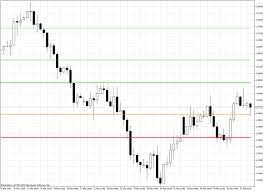
How to Access MT5 Features Without Breaking the Law
Official Demo Accounts
MetaTrader 5 provides users with the option to open demo accounts directly through their platform. These accounts are an excellent starting point for both new and seasoned traders to familiarize themselves with MT5’s environment without financial risk. Demo accounts offer a comprehensive overview of MT5’s functionalities, allowing traders to test strategies, explore charting tools, and practice trade execution. Unlike the routes offered by an mt5 simulator crack, these demo accounts are fully supported by MetaTrader, ensuring users receive a realistic and up-to-date trading experience.
Broker-Specific Offers
Many brokers offer enhanced MT5 features as part of their service packages. By choosing a broker that provides full access to MT5’s capabilities, traders can enjoy a suite of advanced features without the need to seek an mt5 simulator crack. These brokers often offer added value through customer support, additional tools, and educational resources, making it a worthwhile investment for serious traders. Researching and selecting a broker that best fits your trading needs can open up a world of possibilities within the MT5 platform, legally and securely.
Educational Licenses and Partnerships
For students and researchers, exploring educational licenses and partnerships can be a fruitful avenue. Many educational institutions partner with trading platforms to provide access to professional trading tools. These partnerships are designed to support learning and research, offering a legitimate way to access MT5’s advanced features without the ethical and legal concerns associated with an mt5 simulator crack. Inquiring about such opportunities through educational programs or directly with MetaQuotes, the developer of MT5, can provide valuable pathways for academic users.
MT5 Marketplace and Community Resources
The MT5 Marketplace is a treasure trove of tools, indicators, and Expert Advisors (EAs) created by the trading community. Many of these resources are available for free or at a minimal cost, providing a legal way to enhance the MT5 trading experience. Additionally, the community forums offer a platform for traders to share insights, strategies, and custom tools, fostering a collaborative environment. Leveraging the marketplace and community resources allows traders to expand their toolkit without compromising on legality or security, unlike the precarious path of utilizing an mt5 simulator crack.
The Importance of Legal Software Use
The pursuit of mt5 simulator crack not only endangers personal and financial data but also undermines the integrity of the trading community. Legal software use ensures access to the latest updates, official support, and a secure trading environment. It supports the ongoing development and improvement of platforms like MT5, contributing to a healthier ecosystem for all market participants. Traders committed to their professional growth and ethical practice find that accessing MT5 features through legitimate means is not only possible but preferable.
The Role of Ethics in Trading and Software Use
The foundation of a successful trading career is not just in the strategies employed but in the integrity and ethical standards upheld by the trader. The choice to use software legally is a testament to a trader’s respect for the trading community, the law, and the broader financial market. Ethical practices in trading and software use contribute to a sustainable and fair trading environment for all participants.
Steps to Take if You’ve Used Cracked Software
For those who have previously used mt5 simulator crack, it’s crucial to transition to a legitimate version of the software. This process involves uninstalling the unauthorized software, conducting a thorough security scan of your computer to remove any associated malware, and purchasing or subscribing to an official version of MT5. Taking these steps helps protect your trading activities and personal data from the risks associated with cracked software.
Future of Trading Platforms: Security, Accessibility, and Innovation
The battle against software piracy is shaping the future of trading platforms, with a clear trend towards more secure, accessible, and innovative solutions. Feedback from the trading community plays a pivotal role in this evolution, guiding developers to create tools that meet the needs of traders while ensuring affordability and legal compliance.
Conclusion: Embracing Legitimate Software for Trading Success
The journey through the world of trading is challenging enough without the added risks of using mt5 simulator crack. Embracing legitimate software not only safeguards one’s trading capital and personal information but also supports the continuous improvement of trading technologies. As the trading landscape evolves, the commitment to ethical and legal software use remains a cornerstone of lasting success in the financial markets.


